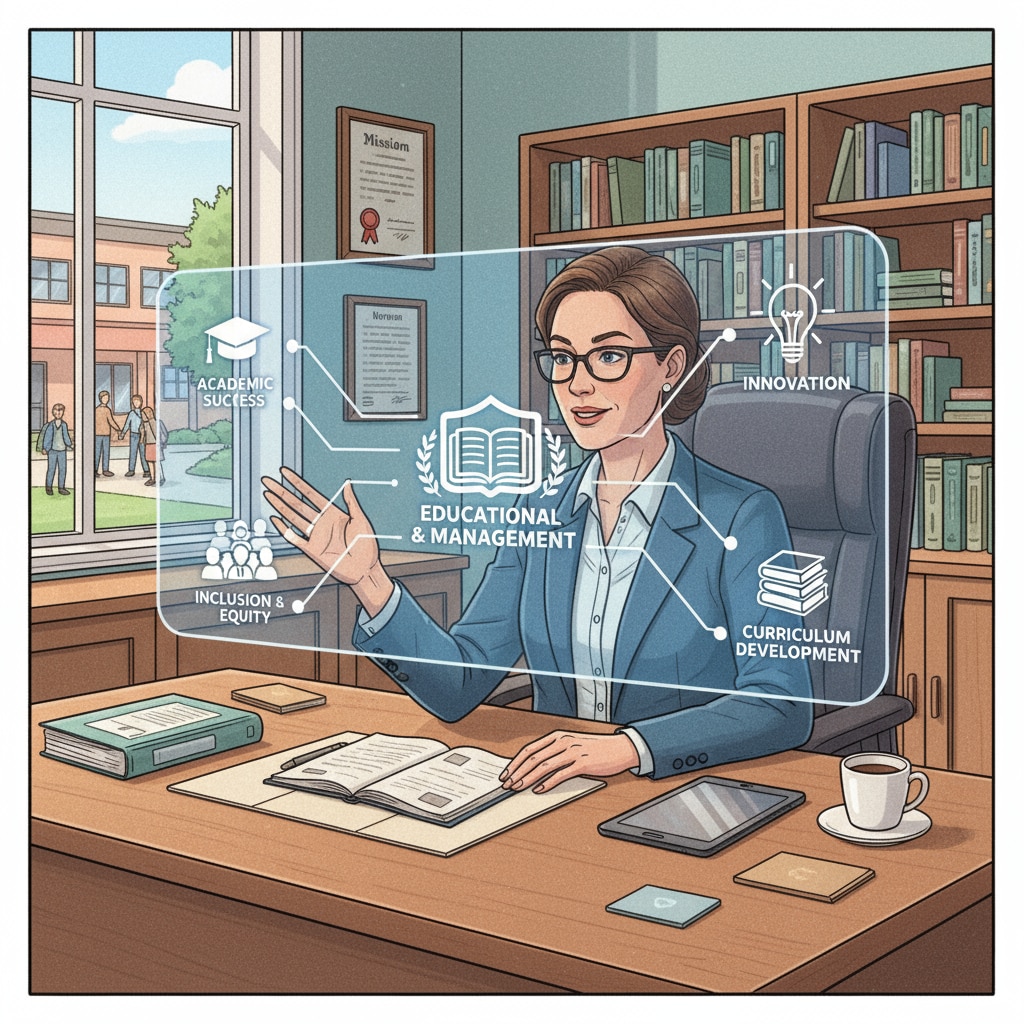Educational master, career development, and curriculum design are crucial aspects that high school math teachers often grapple with when deciding on an educational master’s direction. The crossroads they face involves choosing between the potential for career advancement in educational leadership and management and the alignment with personal professional interests in curriculum design. Let’s take a closer look at these options.

The Allure of Educational Leadership and Management
Educational leadership and management offer a promising path for career growth. For high school math teachers, pursuing this direction can open doors to administrative positions within educational institutions. According to Educational Administration on Britannica, individuals in these roles are responsible for strategic planning, resource allocation, and overall school management. This can lead to a significant increase in influence and decision-making power. For example, a teacher who transitions into a school principal role can shape educational policies, hire and train teachers, and impact the learning experience of numerous students. However, this path requires a diverse skill set that includes not only educational knowledge but also strong leadership, communication, and administrative abilities.

The Appeal of Curriculum Design
On the other hand, curriculum design is deeply rooted in personal professional interests. High school math teachers passionate about this area can delve into creating innovative and effective teaching materials. As stated on Curriculum Design on Wikipedia, curriculum designers analyze educational needs, select appropriate content, and design teaching methods. This allows teachers to directly impact the quality of education by tailoring the curriculum to the specific needs of students. For instance, a math teacher might design a curriculum that incorporates real-world applications, making the subject more engaging and relevant. However, career progression in this field may be more focused on academic recognition and influence within the educational community rather than traditional administrative promotions.
When making this decision, educators need to consider their long-term career goals. If one aims for a broader influence on educational institutions and a chance to implement large-scale changes, educational leadership and management might be the way to go. However, if the primary motivation is to enhance the teaching and learning experience at the classroom level and contribute to the development of educational content, curriculum design could be the better choice. In conclusion, the choice between educational leadership management and curriculum design for educational master programs is a significant one. It requires a careful balance of career development potential and personal interests. By understanding the pros and cons of each path, educators can make an informed decision that aligns with their professional aspirations. Readability guidance: The key points are presented in short paragraphs. Each H2 section provides a clear list of aspects related to the choice. The passive语态 is kept to a minimum, and transition words like ‘however’ and ‘on the other hand’ are used to enhance the flow.


